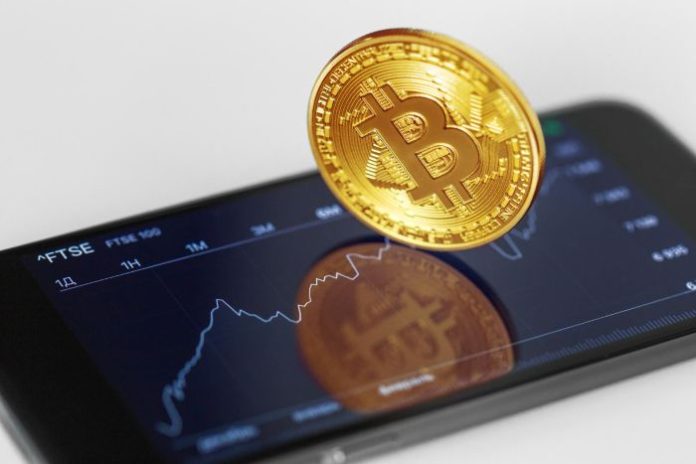This article and its content have been produced and disseminated to persons outside the United Kingdom. The information provided is not directed at or intended for distribution to, or use by, any person or entity located within the UK. The financial products and services mentioned in this article are not eligible for the UK. Cryptoassets are classified as Restricted Mass Market Investments in the UK, meaning they are high-risk investments unsuitable for most retail investors. Understanding AML (Anti-Money Laundering) requirements is also essential when evaluating or engaging with such financial products.
Anti-Money Laundering, or AML, is a framework of rules and practices designed to ensure that financial activity remains transparent and accountable. For crypto exchanges, AML is essential not because of speculative concerns, but to maintain clear, regulated operations and prevent illicit financial flows.
Table of contents
What is AML?
At its core, understanding AML requires service providers to know who they are interacting with and to track the movement of digital assets. This includes verifying the identity of users, monitoring transactions for unusual patterns, and reporting activities that appear inconsistent with normal operations. The goal is to create a reliable system where all participants can operate under clear, regulated standards.
AML in the Wider Financial Industry
Anti-Money Laundering requirements did not originate with digital assets. They have long been part of the broader financial system, guiding banks, payment processors, and other regulated organizations. These rules ensure that financial activity is properly documented, making it possible for authorities to oversee the movement of funds across borders and within domestic markets. By aligning with these requirements, digital asset platforms like Bintense operate on the same level of accountability as traditional financial institutions.
Why Regulators Require AML Compliance
AML frameworks are mandatory for any organization dealing with the movement of funds, whether in cash or digital form. The reasoning is straightforward: without oversight, illicit financial flows could pass through systems unnoticed. Regulators, therefore, require platforms to establish clear procedures for user verification, reporting, and transaction oversight. This is not only to meet legal standards, but also to ensure financial markets function in an orderly and transparent manner. For a crypto exchange, aligning with these requirements is part of being recognized as a legitimate and compliant financial service provider.
Why AML Matters for Crypto Platforms
For crypto exchanges like Bintense, AML ensures that digital asset activity remains compliant with legal requirements across jurisdictions. Users benefit indirectly because the platform operates with structured rules that allow for consistent and predictable processing of transactions. Without AML procedures, exchanges risk regulatory interruptions, which could affect how users interact with their accounts or conduct transfers.
How AML Works in Practice
On a day-to-day basis, AML is integrated into the platform experience in several ways:
- User Verification – Before using the platform, individuals must provide information that confirms their identity. This ensures that every account on the platform is linked to a verified person or entity.
- Transaction Monitoring – Automated systems track flows of digital assets, flagging transactions that deviate from standard activity patterns. This helps the platform maintain operational integrity.
- Ongoing Review – AML isn’t a one-time step. Platforms continuously reassess accounts and transactional behavior to adapt to changes and maintain compliance with evolving regulations.
Bintense and AML
At Bintense, AML processes are designed to integrate seamlessly with the user experience. While users may notice the verification steps and occasional confirmation requests, the purpose is to ensure smooth operations and maintain the platform’s compliance with European and global standards. By applying and understanding AML principles consistently, Bintense helps ensure that all participants can interact confidently with digital assets under a transparent and structured framework.
Recommendations for Users Considering AML
For individuals who make use of digital asset platforms, it is worthwhile to take time to understand how Anti-Money Laundering procedures are applied. Each exchange or financial service provider is required to maintain its own AML policy, and this document often explains the steps taken for user verification, transaction review, and reporting. Reading such policies carefully gives users a clearer picture of what to expect when creating an account or carrying out transfers. It is also recommended to provide accurate and up-to-date information during verification, as incomplete or inconsistent details may delay the process. Finally, users should remain aware that AML reviews are ongoing, meaning that occasional requests for confirmation are a standard part of compliance rather than an interruption. By paying attention to and understanding AML policies, users can navigate digital asset platforms more smoothly and understand the framework under which services like Bintense operate.
As digital assets continue to grow in use, AML requirements are also evolving. Regulators around the world are updating their frameworks to include specific rules for blockchain-based transactions. This means platforms must remain adaptable, ensuring that procedures reflect both current expectations and new guidance as it emerges. For users, this evolution means that the steps they encounter on platforms like Bintense—such as identity checks or transaction confirmations—are part of a broader global shift to integrate digital assets into established financial oversight systems.











